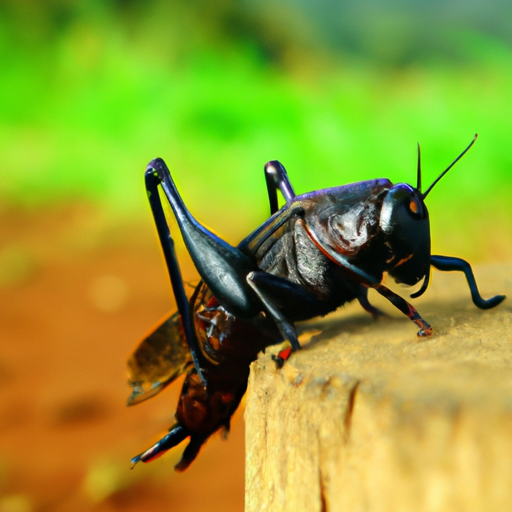 Introduction:
Introduction:
The animal kingdom is an awe-inspiring realm filled with an astonishing array of creatures, each with its own unique characteristics and adaptations. Among these diverse organisms, invertebrates stand out as a remarkable group. In contrast to their vertebrate counterparts, invertebrates lack a backbone or spinal column. This article aims to provide an exhaustive exploration of the vast world of invertebrates, discussing their classification, characteristics, and highlighting some representative examples.
Classification of Invertebrates:
Invertebrates constitute the majority of animal species on Earth, accounting for over 95% of known animals. They are classified into several phyla based on their anatomical and evolutionary characteristics. Some of the major phyla include Porifera (sponges), Cnidaria (jellyfish, corals), Platyhelminthes (flatworms), Annelida (segmented worms), Mollusca (snails, octopuses), Arthropoda (insects, spiders), and Echinodermata (starfish, sea urchins). This article will delve into each phylum, exploring the incredible diversity within.
Phylum Porifera (Sponges):
The simplest of all invertebrates, sponges are multicellular organisms that lack true tissues and organs. They are sessile, filter-feeding animals that live in aquatic environments. Sponges come in various shapes, sizes, and colors, and can be found in both freshwater and marine habitats.
Phylum Cnidaria (Jellyfish, Corals):
Cnidarians exhibit a radial symmetry and are characterized by specialized stinging cells called cnidocytes. This phylum includes jellyfish, sea anemones, corals, and hydroids. They are predominantly marine organisms, although a few freshwater species are also known. Cnidarians play essential ecological roles in marine ecosystems and display a wide range of morphologies and life cycles.
Phylum Platyhelminthes (Flatworms):
Flatworms are soft-bodied organisms that possess a flattened body shape. They exhibit bilateral symmetry and are often found in aquatic environments, including both freshwater and marine habitats. Flatworms can be free-living or parasitic, and notable examples include planarians, tapeworms, and flukes.
Phylum Annelida (Segmented Worms):
Annelids are characterized by their segmented bodies, with each segment containing specific organ systems. This phylum includes earthworms, leeches, and marine polychaetes. They inhabit a wide range of environments, including terrestrial, freshwater, and marine ecosystems. Annelids play crucial roles in soil health, nutrient cycling, and as decomposers.
Phylum Mollusca (Snails, Octopuses):
Mollusks are a diverse group that includes snails, clams, squids, and octopuses. They possess a soft body, often protected by a hard shell. Mollusks exhibit bilateral symmetry and possess a muscular foot for locomotion. They inhabit various environments, from marine to freshwater, and even terrestrial habitats. Mollusks are known for their impressive diversity, ranging from tiny snails to colossal giant squids.
Phylum Arthropoda (Insects, Spiders):
Arthropods are the largest and most diverse group of invertebrates, constituting around 85% of all known animal species. They are characterized by their jointed appendages, exoskeleton, and segmented bodies. Arthropods include insects, spiders, centipedes, millipedes, and crustaceans. They occupy virtually every habitat on Earth and play vital ecological roles as pollinators, decomposers, predators, and prey.
Phylum Echinodermata (Starfish, Sea Urchins):
Echinoderms are exclusively marine animals that exhibit a unique radial symmetry as adults. They possess a water vascular system that aids in locomotion, feeding, and gas exchange. Echinoderms include starfish, sea urchins, sea cucumbers, and brittle stars. These organisms play significant roles in marine ecosystems, contributing to nutrient cycling and providing habitats for other species.
Conclusion:
Invertebrates represent an astonishingly diverse group of animals, showcasing a wide range of adaptations and lifestyles. They occupy nearly every habitat on Earth, from the depths of the oceans to the highest mountains. This article has provided an extensive overview of some major invertebrate phyla, highlighting their characteristics and representative examples. Understanding and appreciating the incredible diversity within the world of invertebrates is crucial for comprehending the complexity and beauty of the animal kingdom as a whole.
